Some experimental cameras, for example the planar Fourier capture array, do not require focusing to allow them to take pictures. In conventional digital photography, lenses or mirrors map all of the light originating from a single point of an in-focus object to a single point at the sensor plane. Each pixel thus relates an independent piece of information about the far-away scene. In contrast, a PFCA does not have a lens or mirror, but each pixel has an idiosyncratic pair of diffraction gratings above it, allowing each pixel to likewise relate an independent piece of information (specifically, one component of the 2D Fourier transform) about the far-away scene. Together, complete scene information is captured and images can be reconstructed by computation.
Some cameras have post focusing. Post focusing means take the pictures first and then focusing later at the personal computer. The camera uses many tiny lenses on the sensor to capture light from every camera angle of a scene and is called plenoptics technology. A current plenoptic camera design has 40,000 lenses working together to grab the optimal picture.

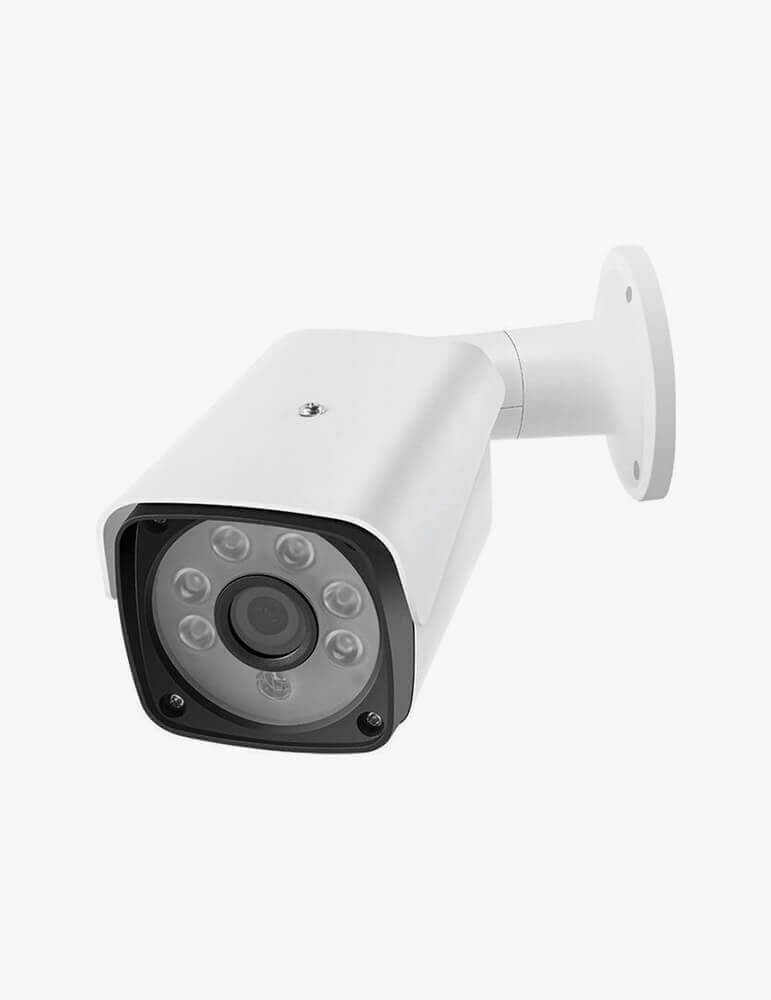
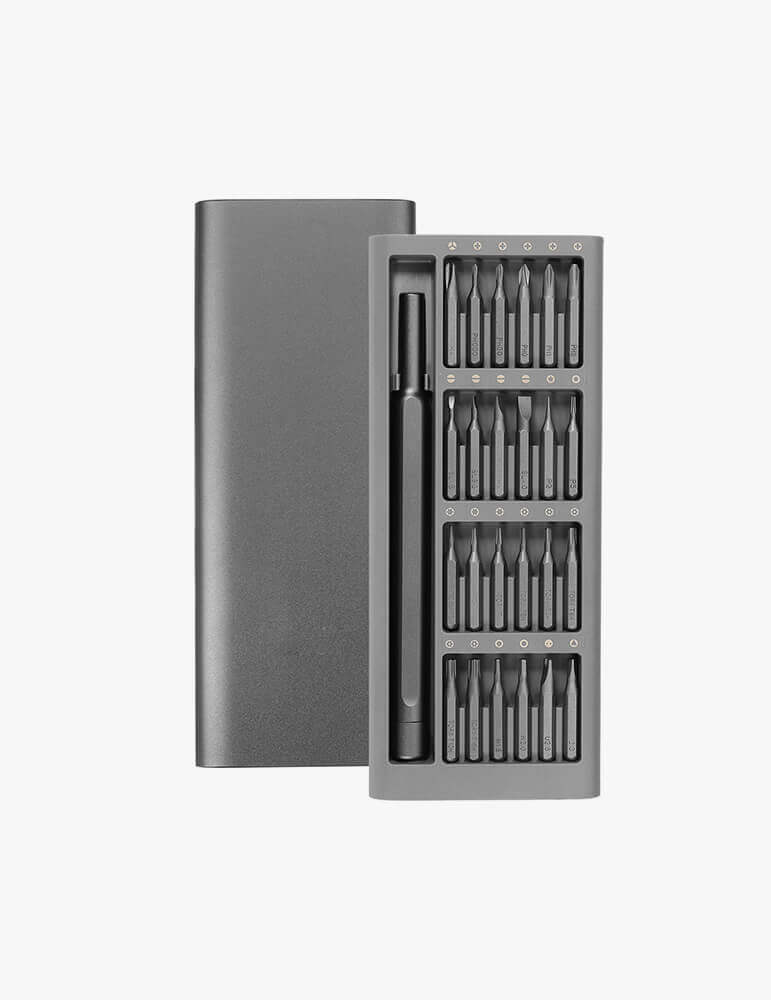


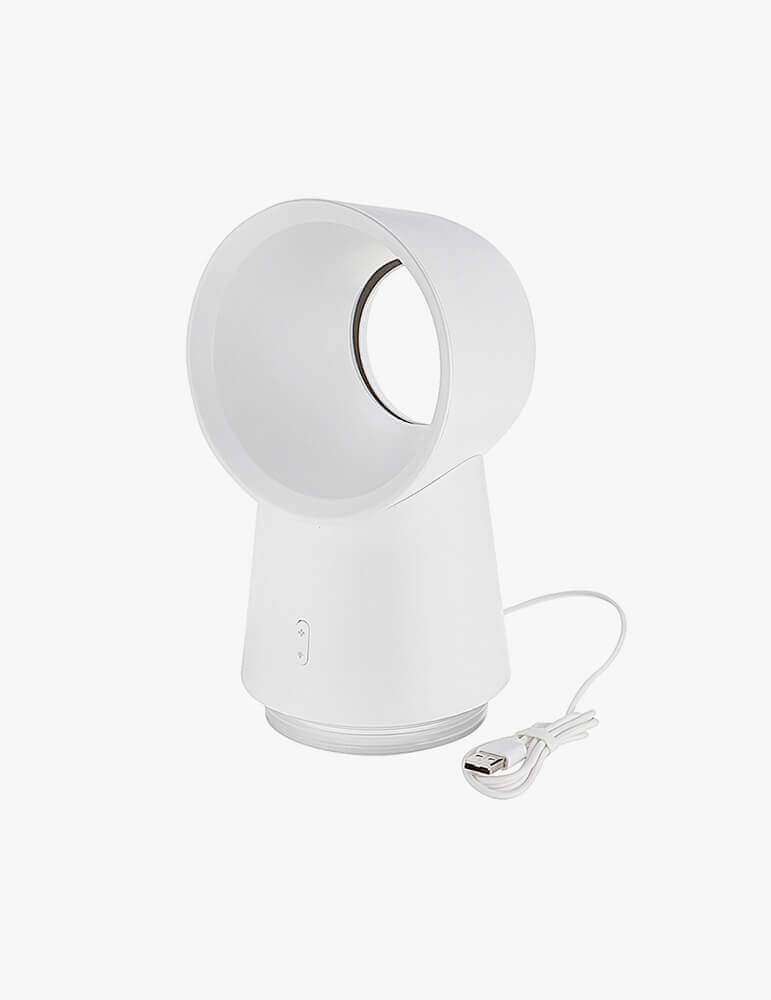
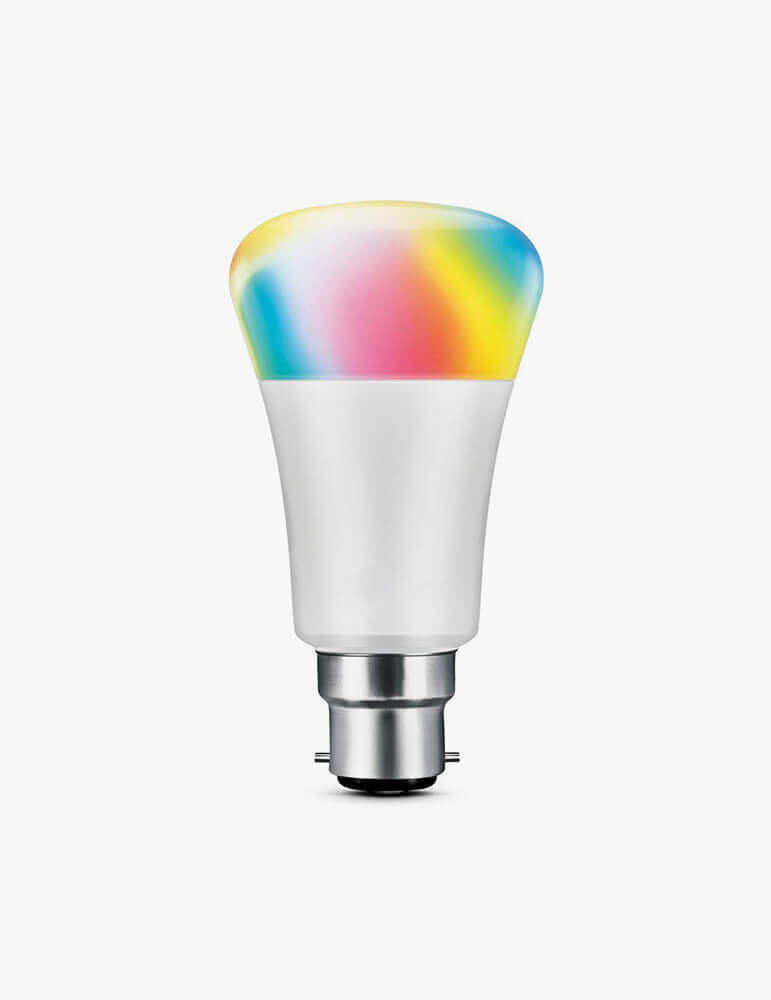
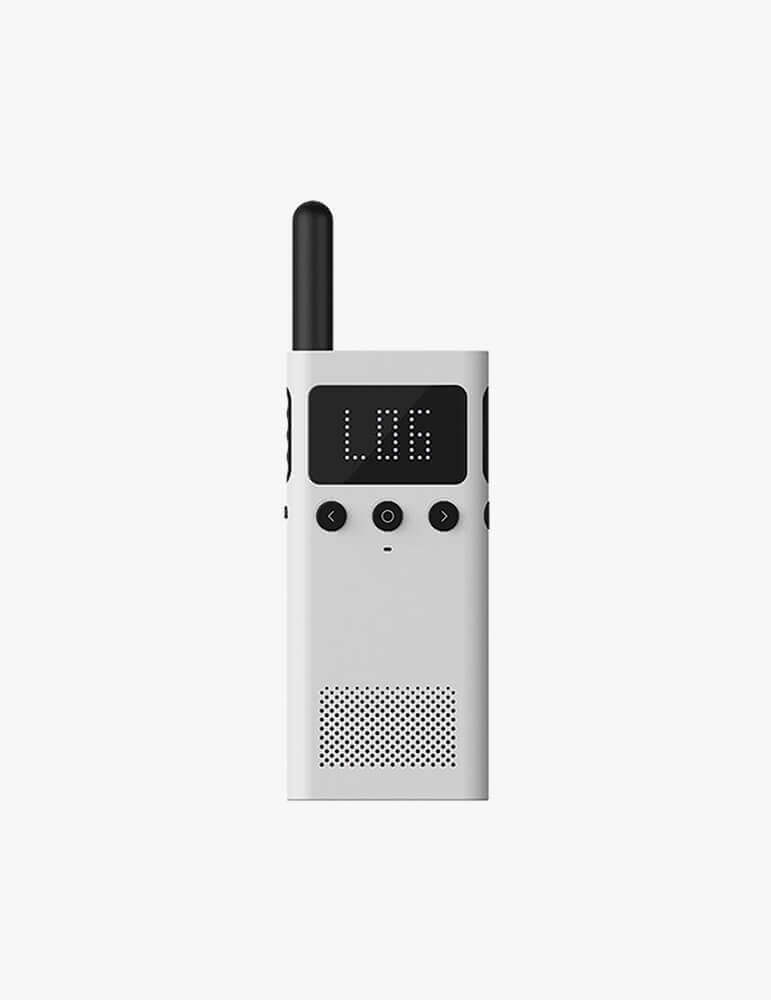
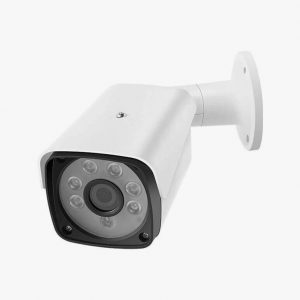
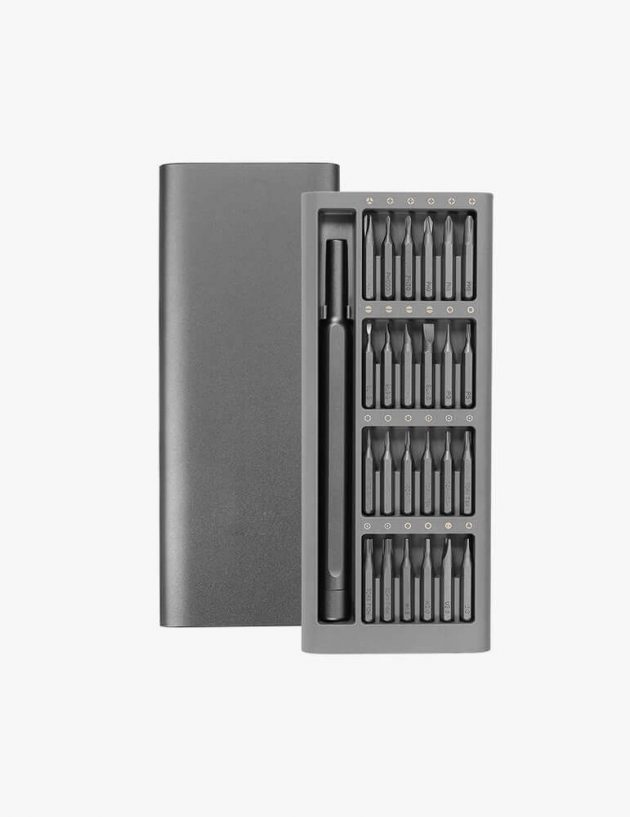

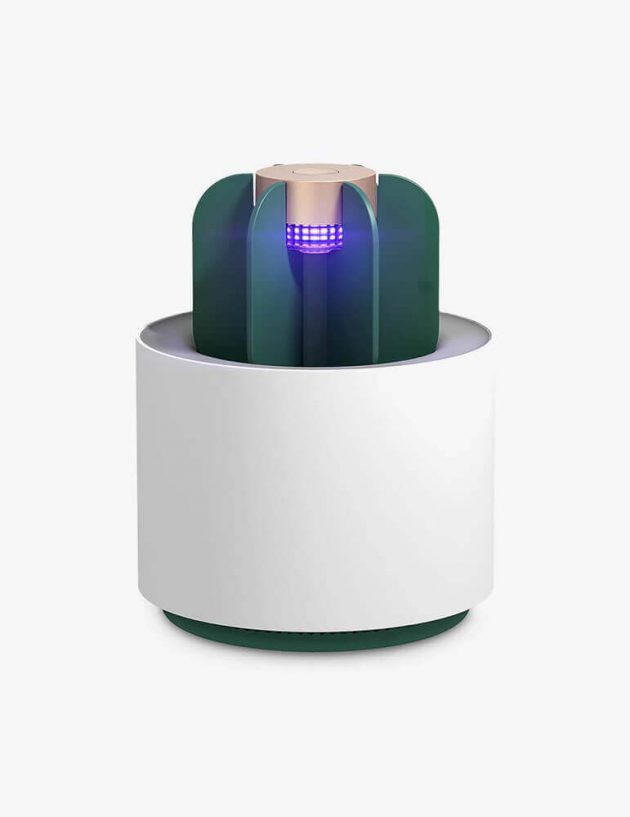
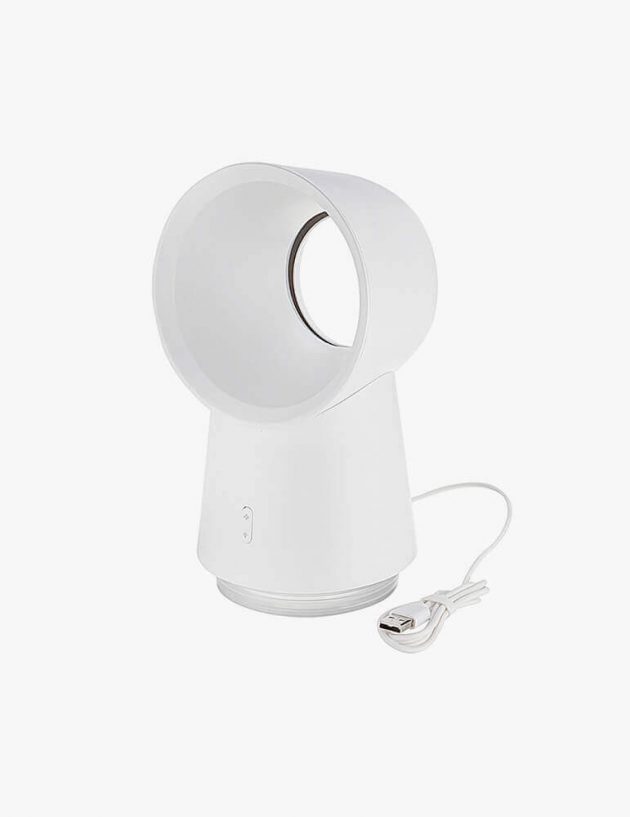
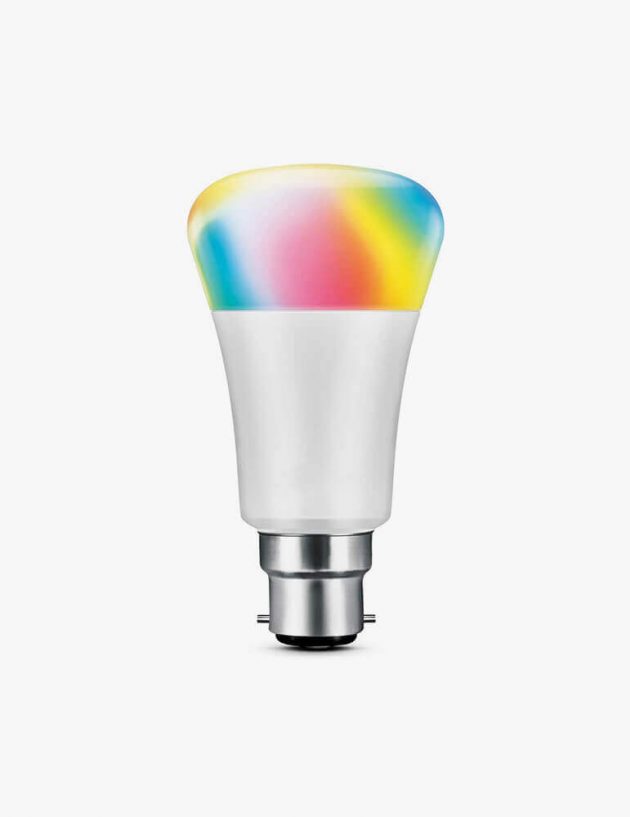
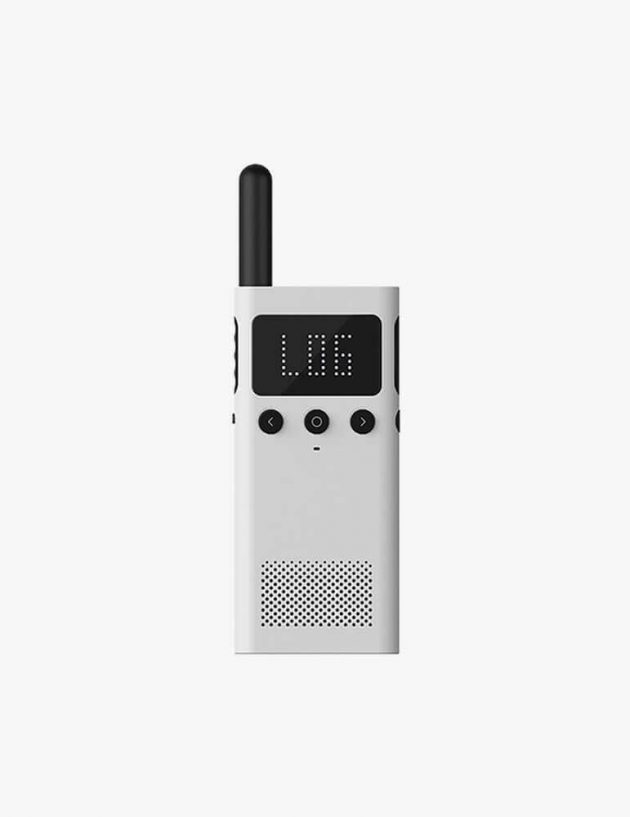

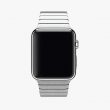



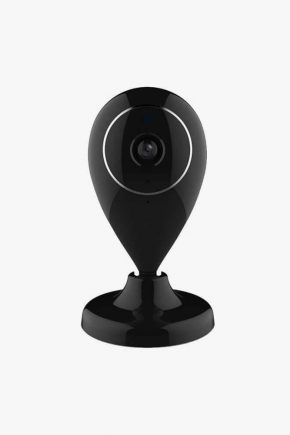


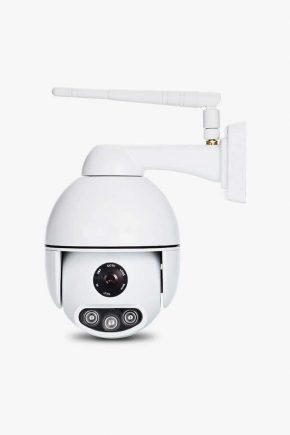



There are no reviews yet.